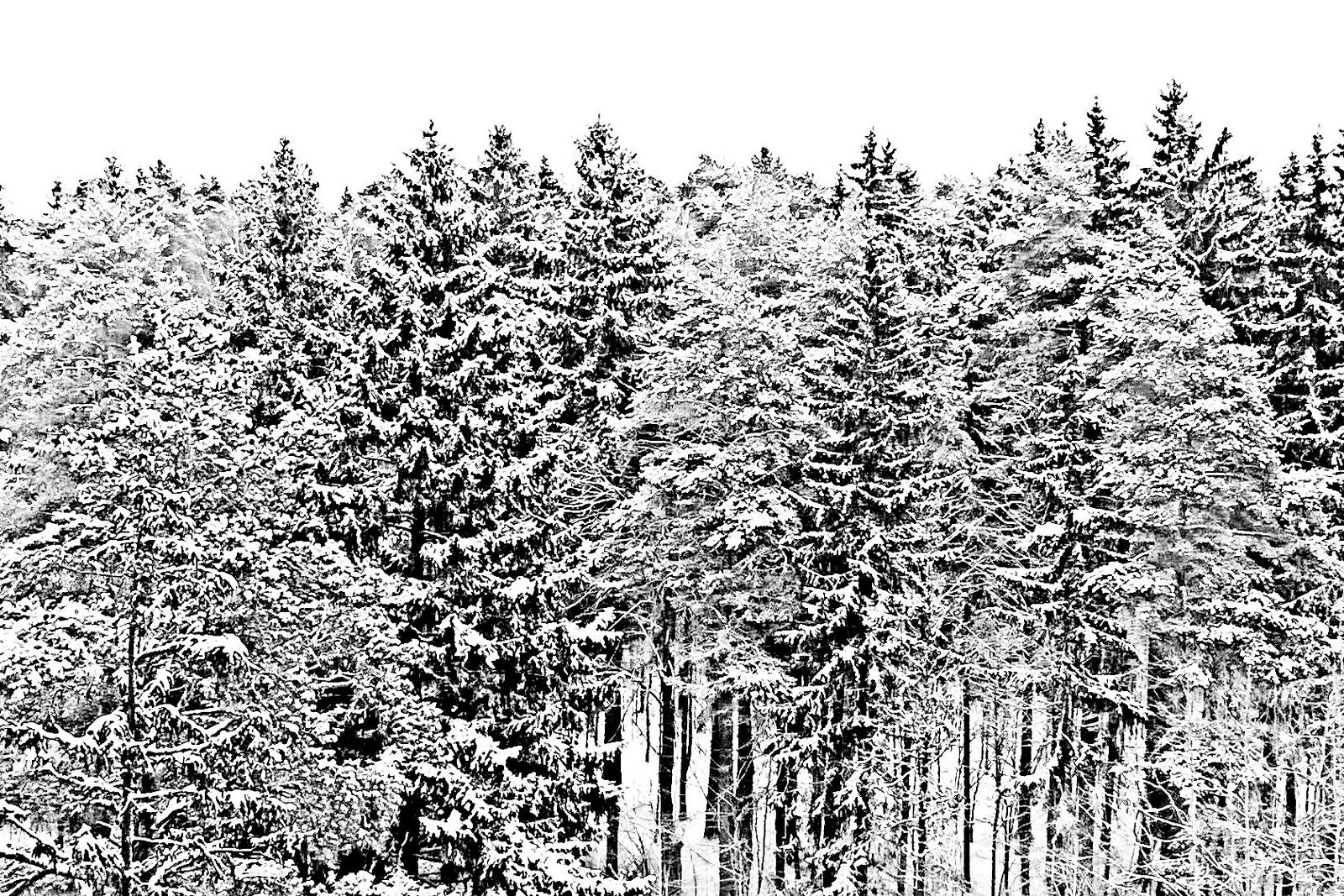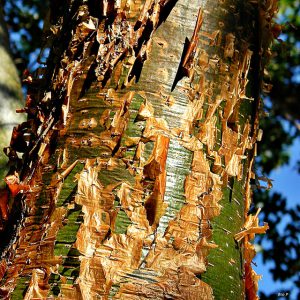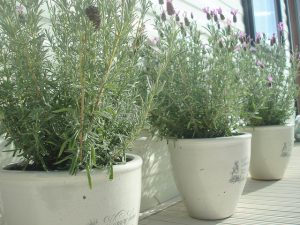
Even if you aren’t ready for it, winter is here and for most of us, it is here with wrath. With everybody from the Farmer’s Almanac to the local news declaring that this winter season will be a tough one for our area, you might be considering what you can do to improve the probability that your shrubs and trees will make it through the winter weather. If you recently established a young tree, have fruit trees, or just simply appreciate your yard, it is absolutely something that you want to think about in the coming couple of weeks before it gets too dangerous.
While much of what you can do to help your trees is regular upkeep and care all throughout the rest of the year, there are a handful of last minute things you can do to really help your tree with winter:
4. Think About Sunscalding.
- Expert tools can help prevent it.
- Winter’s direct sunlight is more serious than the summer sun.
- Young trees particularly vulnerable.
Trees, shrubs, and plants are all at risk to getting sun scalded, or sunburned, through the winter months. If you see extended, caved-in, or cracked areas on any plants, they have been nailed with sunscalding.
If you have fledgling vegetation or shrubs, you have to secure them in the wintry months – in particular, if you have a lot of snow. Pruning, crowning, and transplanting also make a tree more vulnerable to sunscald, according to the University of Minnesota Extension.
To avoid sunscald, you can use a professional tree wrap to shield the trunk. This is virtually exclusively offered to tree care pros, so you might have some trouble getting your hands on them. Each and every tree has a different amount of time that it can be protected without doing any harm, so you do have to do some investigation.
If your tree does get scalded by the sun, you can do a few things in the early spring to help bring the tree back to life.
3. Water Trees, Plants, and Shrubs.
- Do prior to ground solidifying
- Check throughout winter.
- Water everything on your property.
Watering everything in your yard well before the soil hardens can help to guarantee that your plants, shrubs, grass, and other greenery aren’t fighting over the scant amount of nutrients that do become attainable in the winter months. Don’t drench the ground too much, but you should water a little bit more than you traditionally would.
If practical, starting to put in a little bit of water at a time will help your plants with storage so that they can have reservoirs of the water into the coldest, most merciless months of the season.
Through the winter months, proceed to water your landscaping as regularly as you can. Once the land freezes, you can add a coating of mulch and water, as the mulch won’t freeze up quite as swiftly as the ground, according to Better Homes and Gardens.
2. Look At Salt Alternatives.
- Kitty litter may be a possibility.
- Shield the bottom of trees and shrubs around roads.
- Think about cultivating greenery that can stand up to salt.
Salt is a lifesaver in the cold months – it makes walking a little more convenient, driving a car much safer, and can really do away with ice and perilous situations. Nonetheless, it is not the greatest thing for your trees, shrubbery, and other greenery. In fact, it can kill all of the nutrients and water in the land, making it harder for your trees to endure, according to Alberta Agriculture & Forestry.
Before the cold months really begin, consider looking up salt solutions for your property. There are a good deal of them out there, from using essential oils to cat litter. You may have to give a try to a few different strategies to see which ones perform the best for you. One more choice is simply to move everything potted inside or protect the foundation of anything that cannot be moved. Salt will eat away at everything living, and will inevitably destroy the plant. Each time you use salt, it gets a little bit deeper into the soil, so you want to start switch as soon as possible.
1. Protect Potted Greens & Shrubs
- Shield the entire plant from the weather
- Evaluate the pot itself.
- Think of moving plants indoors if you can.
If you have some potted flowers or shrubs that you like to hold on your porch or even all around your backyard, you may want to think about what to do with them. For some plants, it is more than enough to move them underneath shelter so that they don’t get hit directly with ice. Others can be blanketed with different types of protection. Even so, some plants will not live through extreme weather, so you want to bring them inside your home so that they can stay comfortable.
However, you cannot just forget about your potted plants during the cold season if you do keep them outside. Even trees that are able to stay outside are at risk. According to The Spruce, “Another thing to consider is that once the ground freezes under the container, water cannot escape the bottom of the pot. The container will thaw before the ground does and if you get a few rainy days, the water will stand in the pot, either rotting the roots or turning into an ice cube when the weather chills again. Avoid this by tilting the pots slightly.”
If you are in need of a go-to tree service professional in our area, contact Van Till Tree Care today. We have a professional team of skilled professionals that take tree care, most especially tree in the winter months, quite seriously and long for more people to take winter tree attention more seriously.
Give us a call today at (800) 554-3834, and we can come to your property to facilitate any upkeep called for before the weather gets too bad or, in the event of an emergency, we can help you to clear up the event as quickly as possible.
Header photo courtesy of muddy_lens on Flickr.





